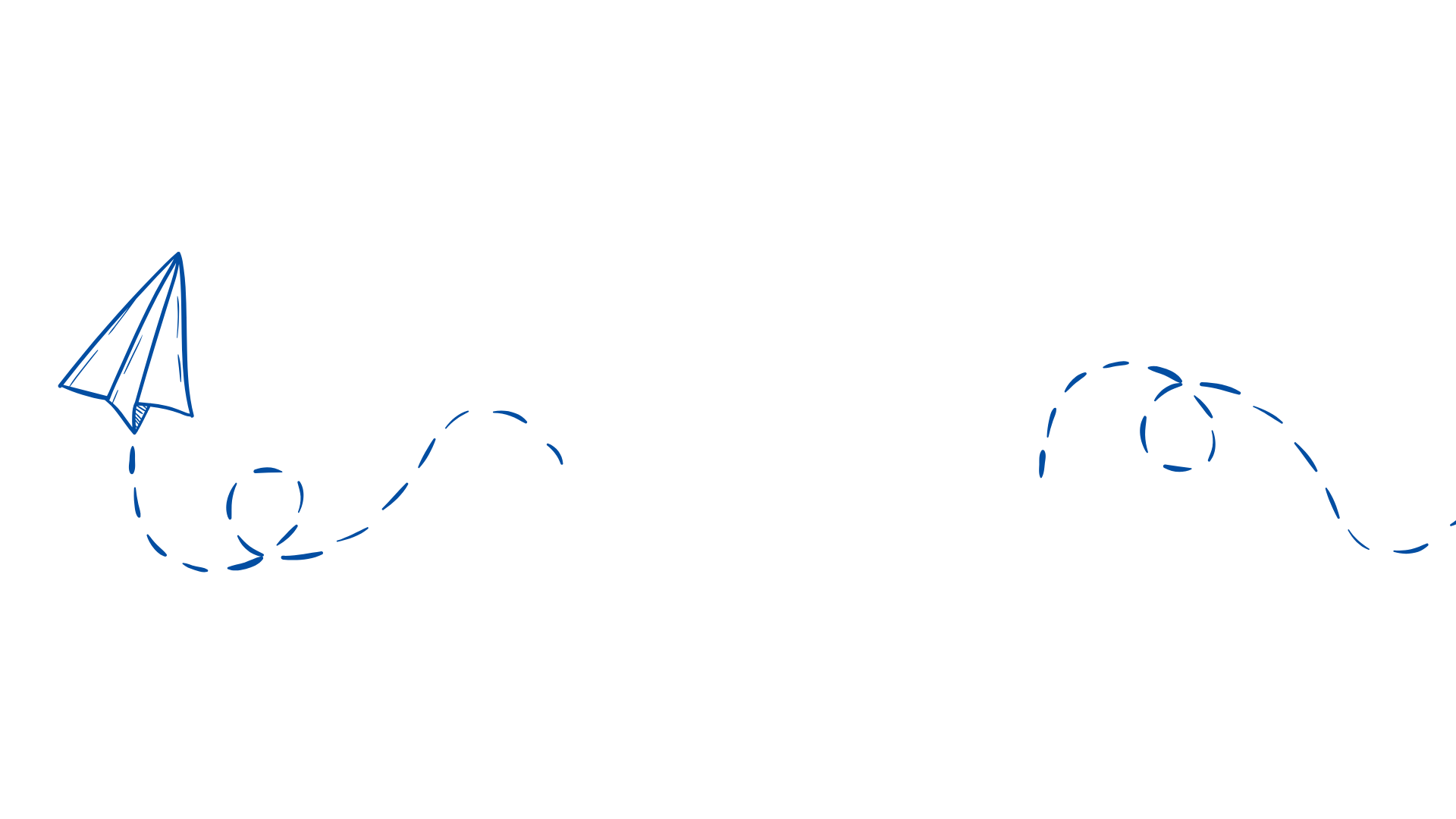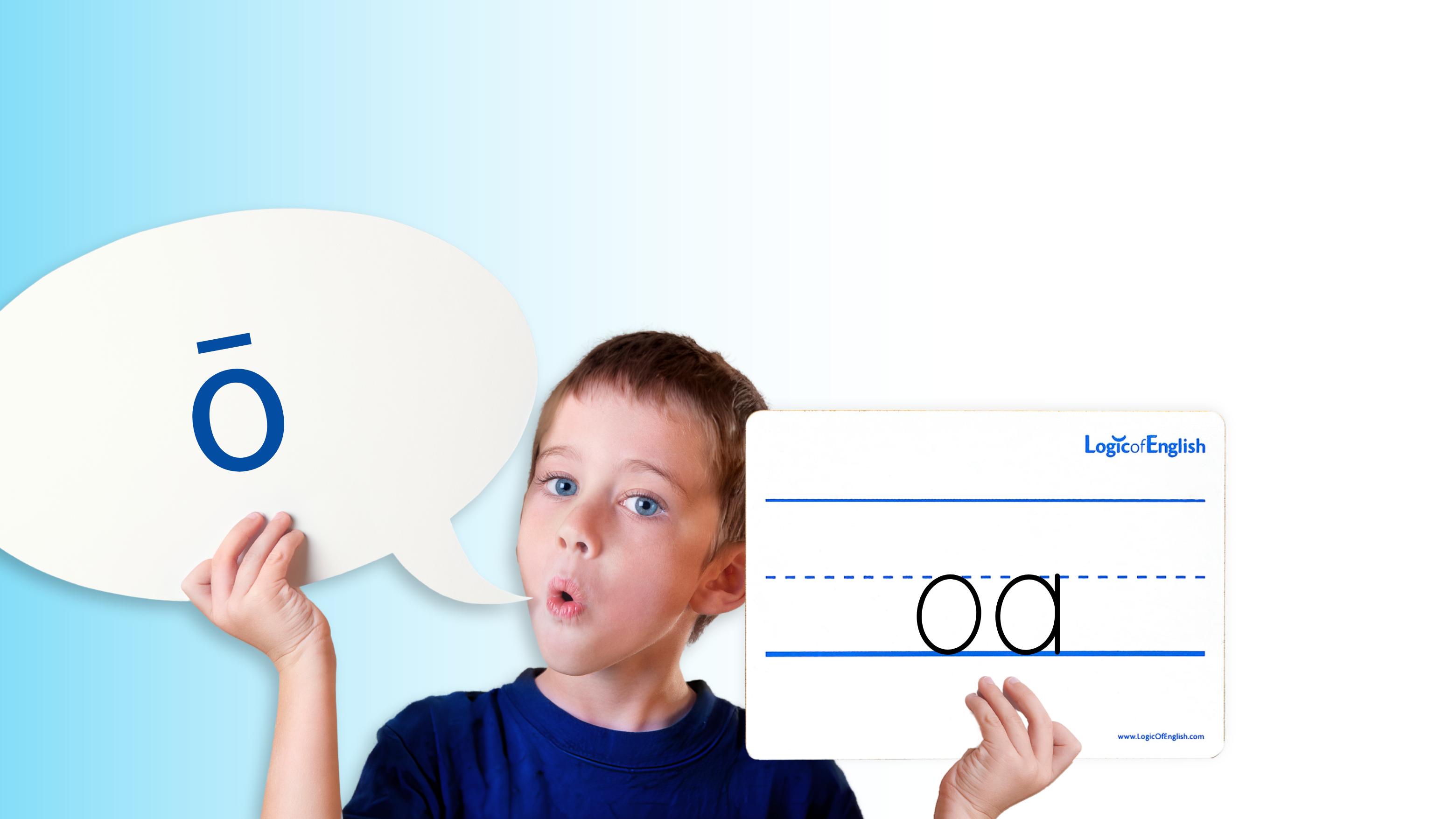
Benefits of Systematic Phonics

Eliminates Exceptions
Accurate phonics eliminates exceptions and empowers students to read and spell any word.
Eliminates Rote Memorization
Eliminate the need for three-cuing, guessing, and sight words!
Explains English Spellings
75 Basic Phonograms and 31 Spelling Rules explain high-frequency words, commonly used words, and advanced vocabulary.
With accurate phonics rules, EVERY book becomes decodable!
How & Why Phonics Works
-

Every spoken word is a combination of sounds.
English has 45 speech sounds or phonemes. These sounds are combined to form words. Words can be segmented into their individual sounds.
-

Every written word can be divided into phonograms.
A phonogram is a letter or a combination of letters representing one of the sounds of spoken English. There are 75 Basic Phonograms that are the common ways to write the 45 speech sounds.
-

Spelling rules work with phonograms to explain written words.
When students learn vital concepts such as nine reasons for a silent final E or that C says two sounds, they are empowered to read and spell without guessing.
-

Comprehension skills are directly related to decoding.
The Simple View of Reading states that if a student has strong decoding skills, they will be able to read and comprehend at the same level they can orally comprehend!
Tips for Teaching Phonics
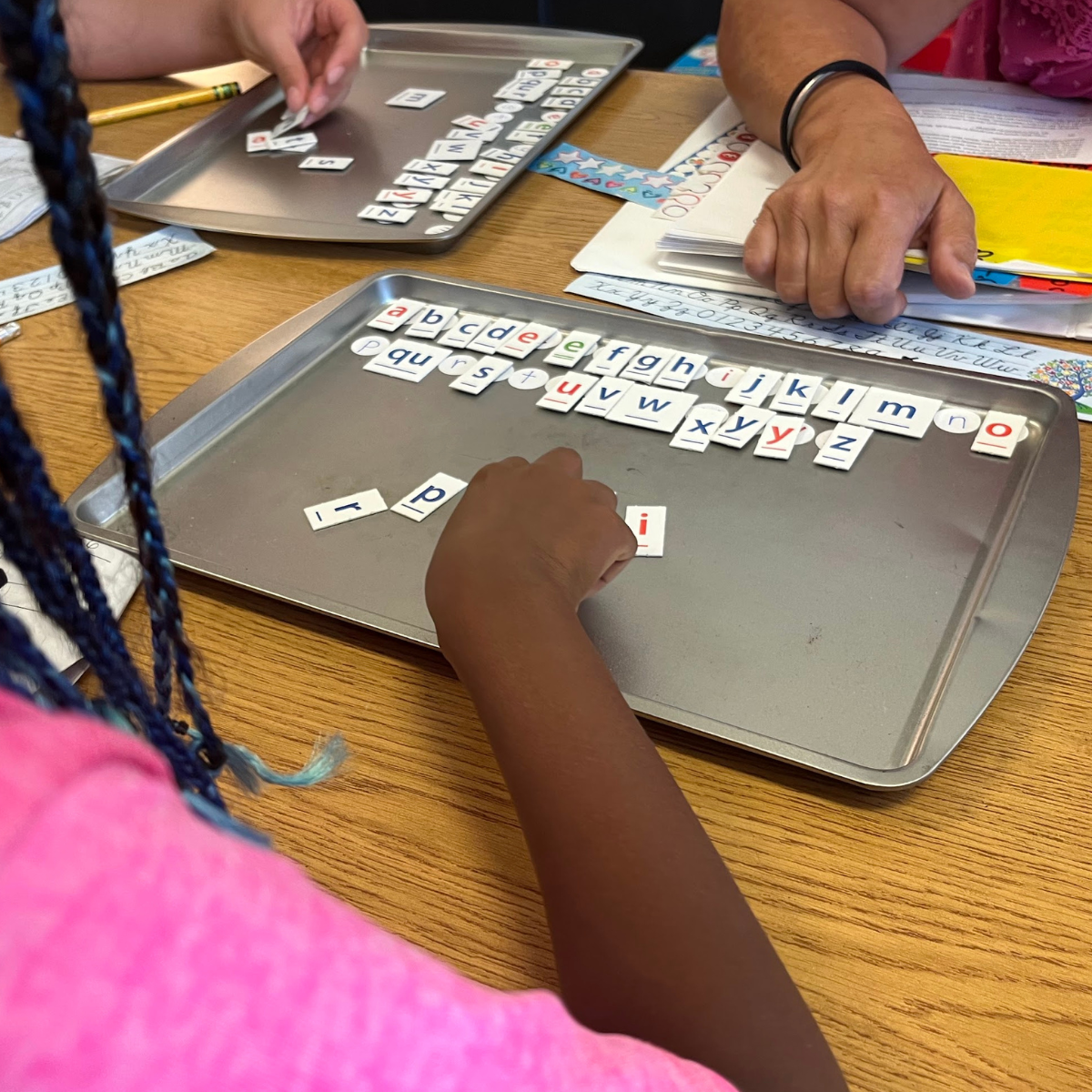
Start with the phonograms.
Teach students ALL of the sounds of A-Z from the start, then progress to the multi-letter phonograms. With older students, start in the same place, filling in the gaps in their knowledge.
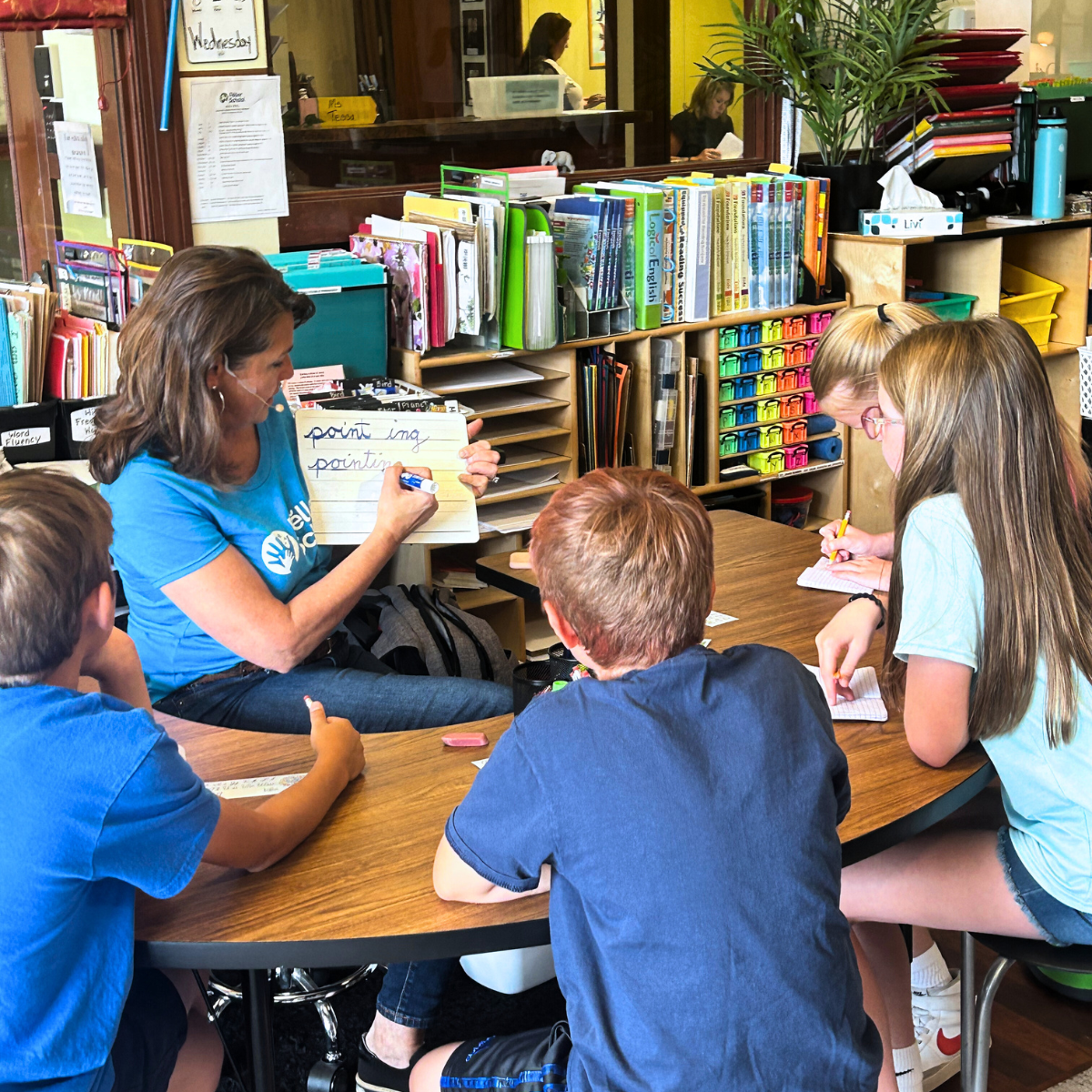
Encourage students to sound out words.
When students know the phonograms and their sounds, they can use this knowledge to sound out words. When a student sounds out a word, the brain uses the sounds to identify the spoken word and its meaning (Dehaene, 2013).

Teach students to underline multi-letter phonograms.
Underlining multi-letter phonograms helps emerging readers and spellers to see the letters as a single unit of sound and provides essential information about the word.

Practice with controlled readers.
Choose phonics-controlled texts appropriate for the age, oral language abilities, and interests of the students. Students benefit from practicing sounding out words with readers controlled for phonograms and spelling rules they have learned.

Teach students spelling rules that work.
Spelling rules help students identify which sound a phonogram may be saying within a word and which phonogram is used to spell a particular sound. When students learn accurate rules, they learn to decode and spell more accurately.

Analyze words.
Use the phonograms and spelling rules to analyze the spelling of words. As students build their knowledge, add looking for morphemes to further build their understanding of written words.
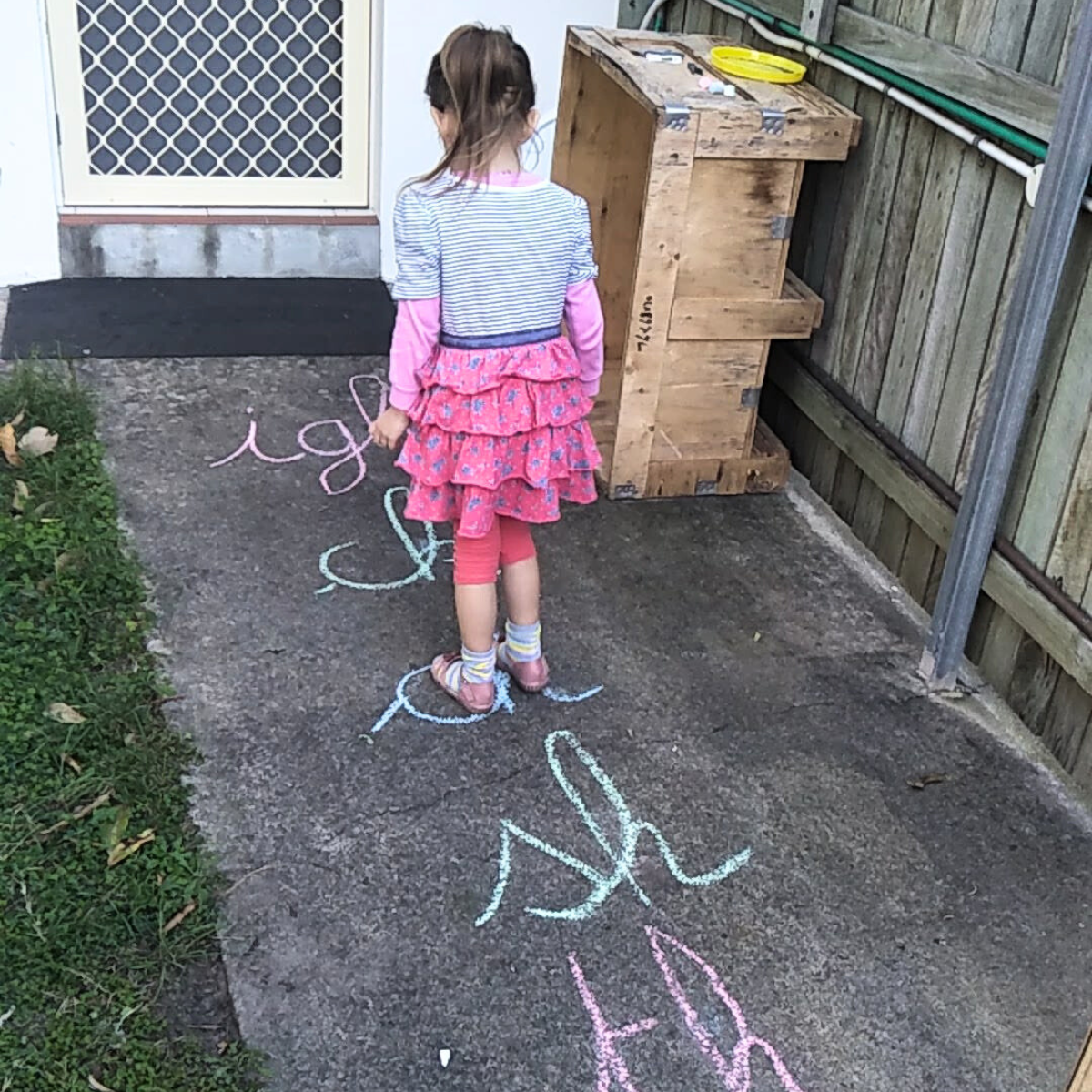
Practice phonics every day.
Mastering the foundational skills of reading requires daily practice! Students who do not practice regularly forget vital concepts and often need to be retaught. Daily practice helps to develop the long-term mastery.

Shop Systematic Phonics Resources
-


Uncovering the Logic of English
Regular price $ 14.99 USDSale price $ 14.99 USD Regular priceUnit price / per -

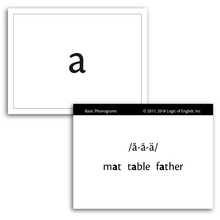
Basic Phonogram Flash Cards
Regular price $ 19.99 USDSale price $ 19.99 USD Regular priceUnit price / per -
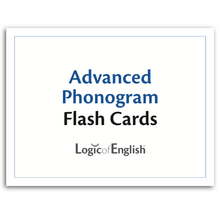

Advanced Phonogram Flash Cards
Regular price $ 17.99 USDSale price $ 17.99 USD Regular priceUnit price / per -
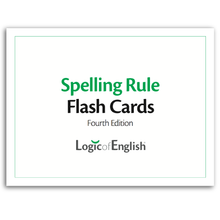

Spelling Rule Flash Cards
Regular price $ 14.99 USDSale price $ 14.99 USD Regular priceUnit price / per -
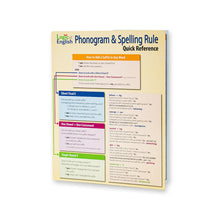
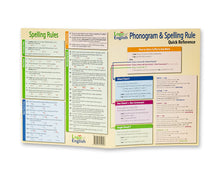
Phonogram & Spelling Rule Quick Reference
Regular price $ 12.99 USDSale price $ 12.99 USD Regular priceUnit price / per -
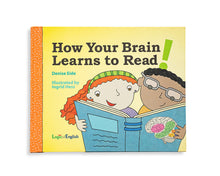
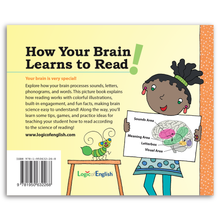
How Your Brain Learns to Read
Regular price $ 14.99 USDSale price $ 14.99 USD Regular priceUnit price / per
References
Dehaene, S. (2013b). How the Brain Learns to Read - Prof. Stanislas Dehaene. Filmed October 25, 2013. https://www.youtube.com/watch?v=25GI3-kiLdo
Eide, (2010). Uncovering the Logic of English. Logic of English.

















